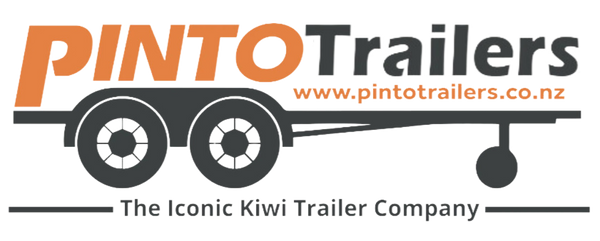Blogs and News

Servicing and trailer maintenance
We have been NZ owned and operated since 1979 and have the expertise and parts to keep your Pinto trailer going strong. When well maintained and serviced regularly, Pinto trailers have a proven...
Servicing and trailer maintenance
We have been NZ owned and operated since 1979 and have the expertise and parts to keep your Pinto trailer going strong. When well maintained and serviced regularly, Pinto trailers have a proven...
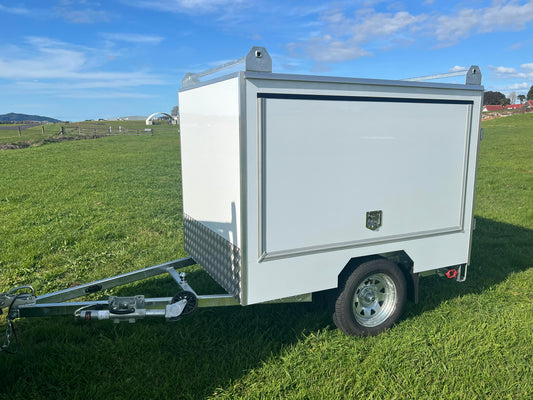
Towing with a campervan or motorhome
Exploring New Zealand’s idyllic scenery is something we all value when we get a chance. Whether it’s a weekend away up the mountain, an extended kiwi break at the beach...
Towing with a campervan or motorhome
Exploring New Zealand’s idyllic scenery is something we all value when we get a chance. Whether it’s a weekend away up the mountain, an extended kiwi break at the beach...
How are trailer light connectors wired?
Pinto Trailers use the New Zealand standard 7 pin plug for our wiring. Most of our trailers will use only 5, of the 7 pins. You will see in the...
How are trailer light connectors wired?
Pinto Trailers use the New Zealand standard 7 pin plug for our wiring. Most of our trailers will use only 5, of the 7 pins. You will see in the...
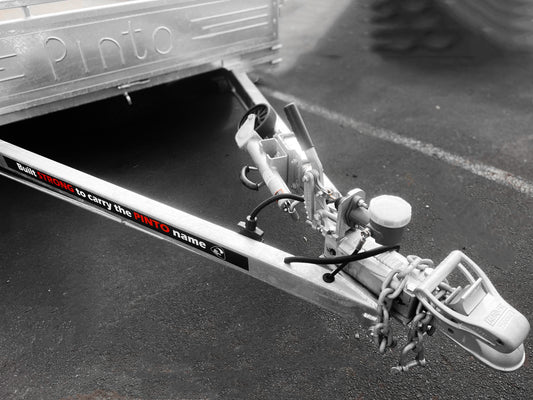
Getting to know your trailer and towing system
A helpful guide to standard trailer components and how to use them. Couplings - Safety chain - Light cable - Jockey Wheel - Stabiliser - Axle
Getting to know your trailer and towing system
A helpful guide to standard trailer components and how to use them. Couplings - Safety chain - Light cable - Jockey Wheel - Stabiliser - Axle
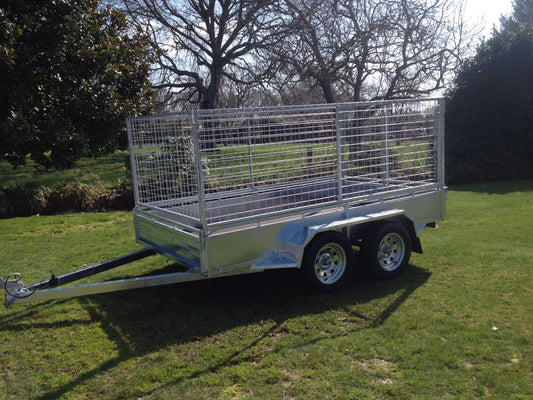
Trailer Accessories and Customisations
There is a wide variety of trailer accessories available to personalise and enhance your Pinto trailer. We know choosing your next trailer is important to you and requires thought and consideration....
Trailer Accessories and Customisations
There is a wide variety of trailer accessories available to personalise and enhance your Pinto trailer. We know choosing your next trailer is important to you and requires thought and consideration....
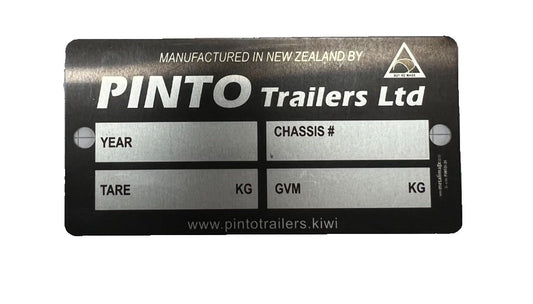
Gross Vehicle Mass (GVM) Explained!
A quick guide to Gross Vehicle Mass (GVM) and what it means for your trailer.
Gross Vehicle Mass (GVM) Explained!
A quick guide to Gross Vehicle Mass (GVM) and what it means for your trailer.
